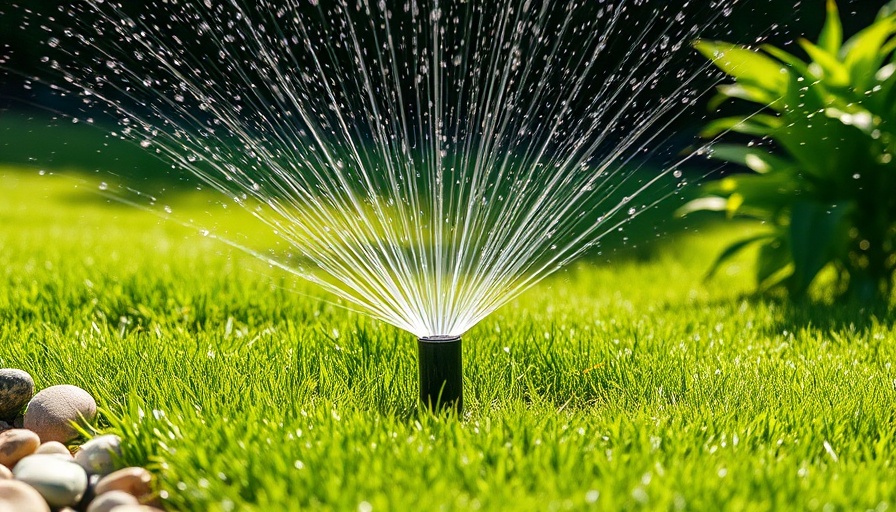
Fall Lawn Care: The Essential Guide for Homeowners
As the temperature starts to drop and the vibrant colors of fall emerge, homeowners may find themselves pondering the best strategies for lawn care. While spring often gets the spotlight as the prime season for fertilization and maintenance, fall is equally critical for those nurturing cool-season grasses. Understanding how to prepare your lawn now can lead to a lush, resilient landscape come spring.
Understanding Cool-Season Grasses
Cool-season grasses, such as Kentucky bluegrass, perennial ryegrass, and tall fescue, thrive in regions where temperatures are moderate. They are known for their rapid growth in spring and fall but can go dormant during the summer heat. As fall approaches, these grasses require some tender loving care to ensure they survive winter and bounce back beautifully in the spring.
Essential Fall Lawn Care Tips
Here are some crucial steps to give your lawn the best chance at surviving the winter and thriving anew with the arrival of warmer weather:
Aerate to Relieve Soil Compaction
Aeration is an integral step in lawn care that involves perforating the soil with holes to allow air, water, and nutrients to penetrate the grass roots. This is particularly helpful for lawns that have experienced compaction over the dry summer months. Using a core aerator is highly effective; apply it after rainfall when the soil is slightly moist. The plugs left on the surface will decompose, returning vital nutrients to the soil.
Overseed for Lush Growth
After aeration, overseeding can significantly improve the density of your lawn. Broadcasting high-quality seed over your existing grass will allow for thicker, healthier turf. If you have bare spots, a 3:1 mix of seed and compost can be used to encourage regrowth, keeping the area moist during dormancy.
Time for Fertilization
Applying fertilizer in the fall is perhaps the most crucial element. Aim for around one pound of nitrogen per 1,000 square feet, typically done between late August and mid-September. Using a slow-release fertilizer encourages root development in preparation for the colder months. Look for fertilizers with a higher potassium content; this nutrient helps the grass withstand frost and other environmental stresses.
Manage Leaves and Debris
Fall brings fallen leaves, which can suffocate grass and trap moisture, creating the perfect environment for pests and diseases. Homeowners have several options when it comes to leaf management: raking, composting, or using a mulching mower to chop leaves into smaller pieces that can enrich the soil.
Weed Control Considerations
This time of year is also ideal for controlling pesky perennial weeds. As these plants draw resources down to their roots for winter, applying a systemic herbicide can be particularly effective. Killing the entire plant now means a healthier lawn when spring rolls around.
The Long-Term Benefits of Proper Fall Lawn Care
Taking care of your lawn in the fall not only prepares it for the winter but also sets it up for a strong comeback in the spring. By addressing each of these components—aeration, overseeding, fertilization, leaf management, and weed control—you can ensure a greener, healthier lawn that is the envy of your neighborhood. Don't overlook the importance of proper lawn care now; your efforts will undoubtedly pay dividends in the long run.
Your Action Steps
Ready to get your lawn ready for fall? Start by assessing your lawn type and its current condition. Engage with local lawn care professionals in Muskegon to explore lawn fertilization and weed control services near you. Investing in expert help can make this essential seasonal task even easier. With the right care, your lawn can be a source of pride and beauty in your community.
 Add Row
Add Row 
 Add
Add 


Write A Comment